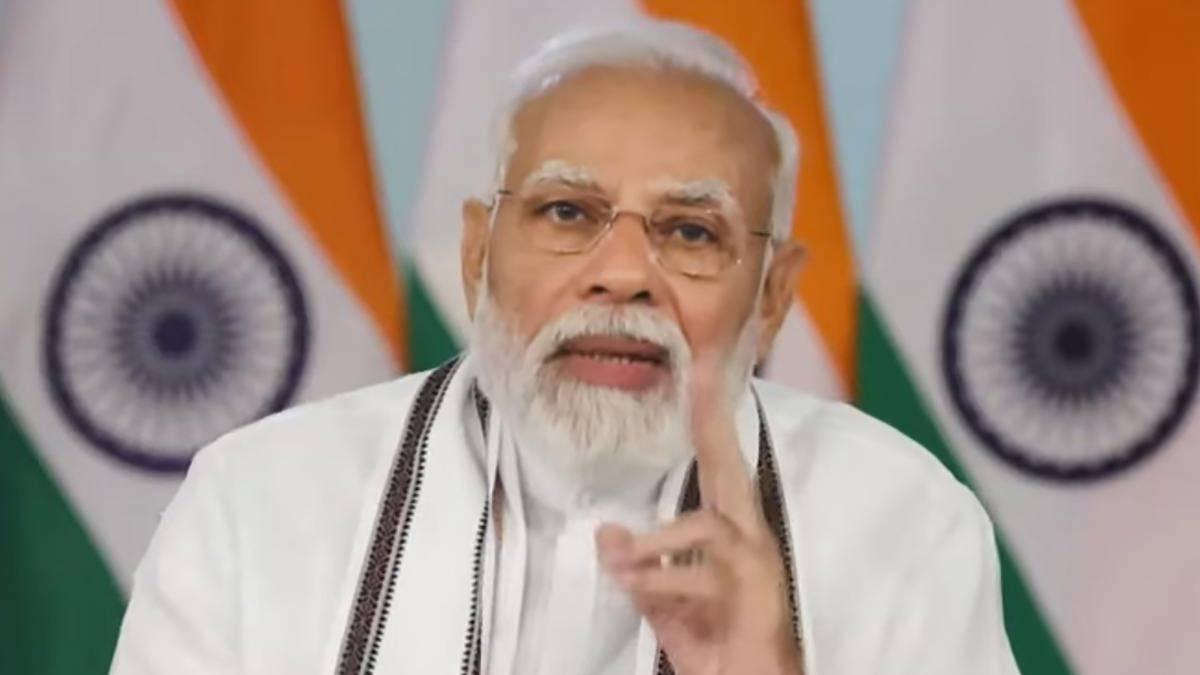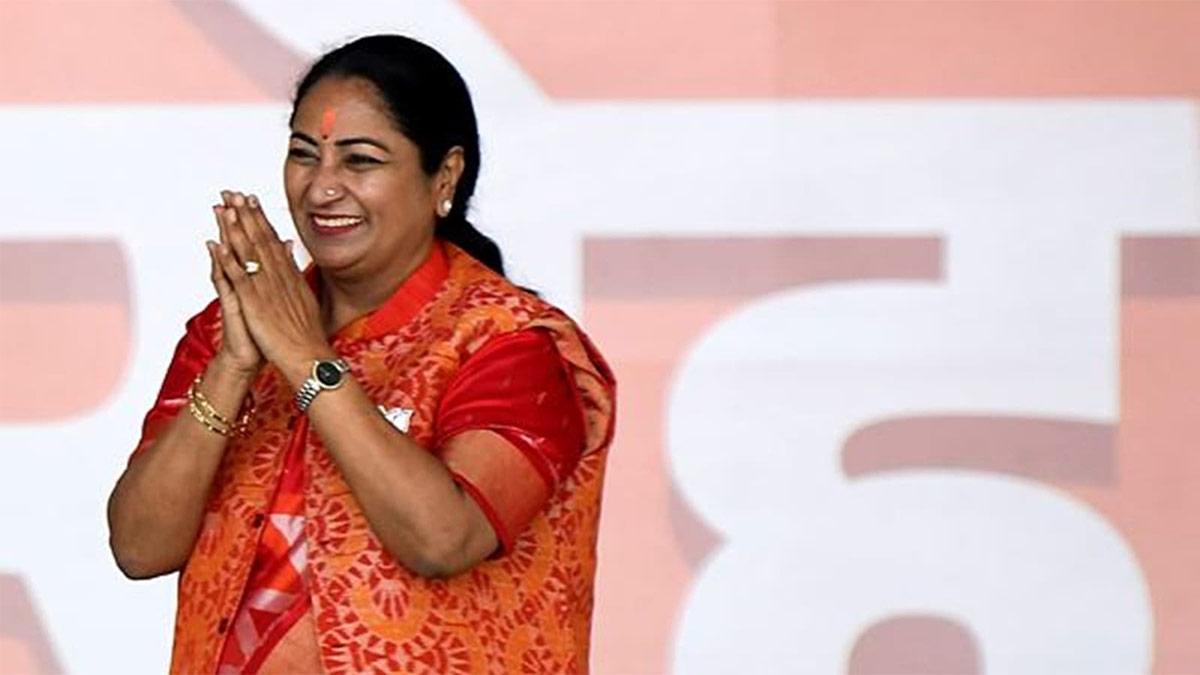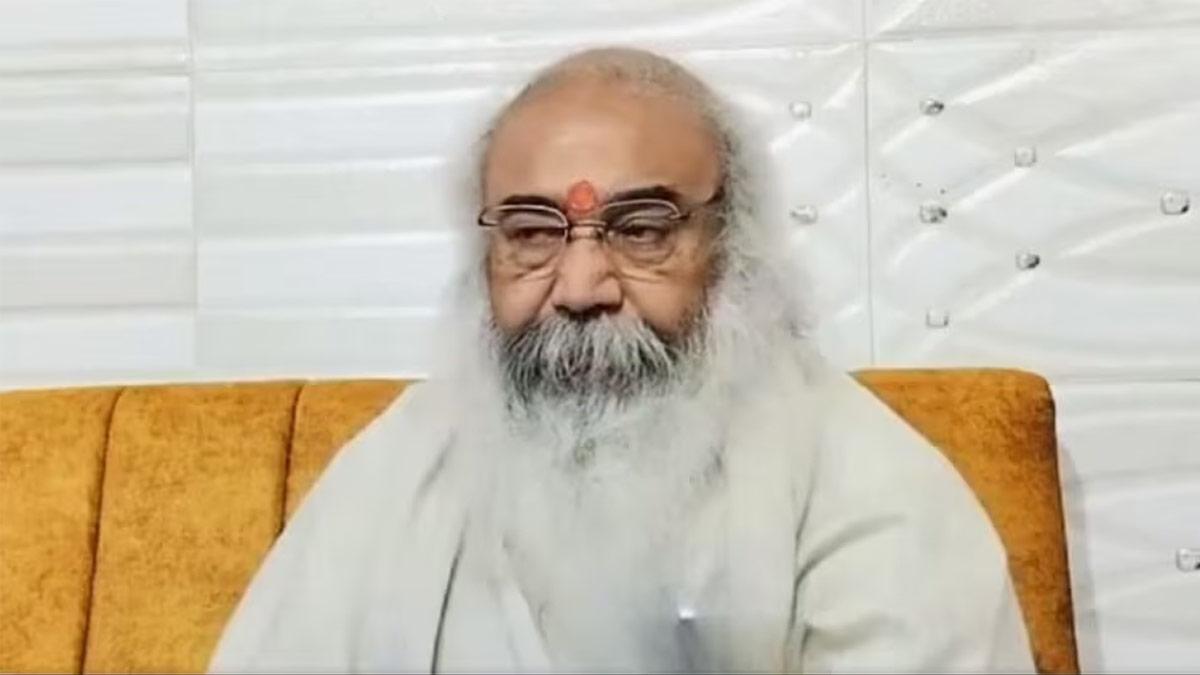On Monday, Finance Minister Nirmala Sitharaman stressed that the Modi government's Budget-making strategy is one of "big shift," with a prudent focus on handling taxpayers' money, especially through borrowings for creating capital assets.
"We borrow to build," she said.
Speaking to industry participants at a post-budget conference, Sitharaman stressed that the fiscal deficit trajectory of the July Budget, which aims to keep it below 4.5 percent of GDP, is followed in the 2025–16 Budget. She added that about Rs 16 lakh crore has been set aside for this sector, representing a 10.2% increase in capital expenditure (Capex) over the previous year in the 2025–26 Budget.
It is correct that we have meaningfully augmented the Budget for capital spending," the Finance Minister assured.
Her assurance was a scathing response to opposition allegations that capital spending had not been raised in the Budget.
Moreover, Sitharaman added that the Budget gives tax relief to taxpayers and focuses on capital asset formation. She stressed that taxpayers are free to save, spend or invest according to their own discretion.
The Finance Minister also appreciated Prime Minister Modi for giving tax relief to taxpayers, especially those with an annual income of up to Rs 12 lakh. This will bring relief to almost 1 crore middle-class taxpayers.
Sitharaman is currently engaging industry leaders in Mumbai to talk over issues and possibilities arising from the Union Budget 2025. This is under a larger outreach programme to get business leaders and policymakers to throw ideas around crucial economic priorities.
The conversation will probably cover policy initiatives, taxation, and industry-specific programmes rolled out in the Budget.
The 2025-26 Budget focuses on stimulating employment-driven growth that is inclusive, with an added focus on investment in the areas of agriculture, rural growth, MSMEs, and exports while maintaining the fiscal consolidation path.
Stepped-up expenditures in infrastructure, rural development, and agriculture would be the prime thrust of growth. The combined expenditure of the Centre is bound to increase from Rs 47.2 lakh crore in FY25RE to Rs 50.7 lakh crore in FY26BE.
Prime subject areas in the Union Budget are power, finance sector, regulatory reforms, urban development, taxes, and mines. These have been major pillars in the policy of the government to aid growth, increase infrastructure, strengthen governance, and contribute to the growth of industries via sustainable methods.
Read also| BJP Demands Probe Into Kejriwal’s ‘Sheesh Mahal’ Over Lavish Bungalow Renovation


















